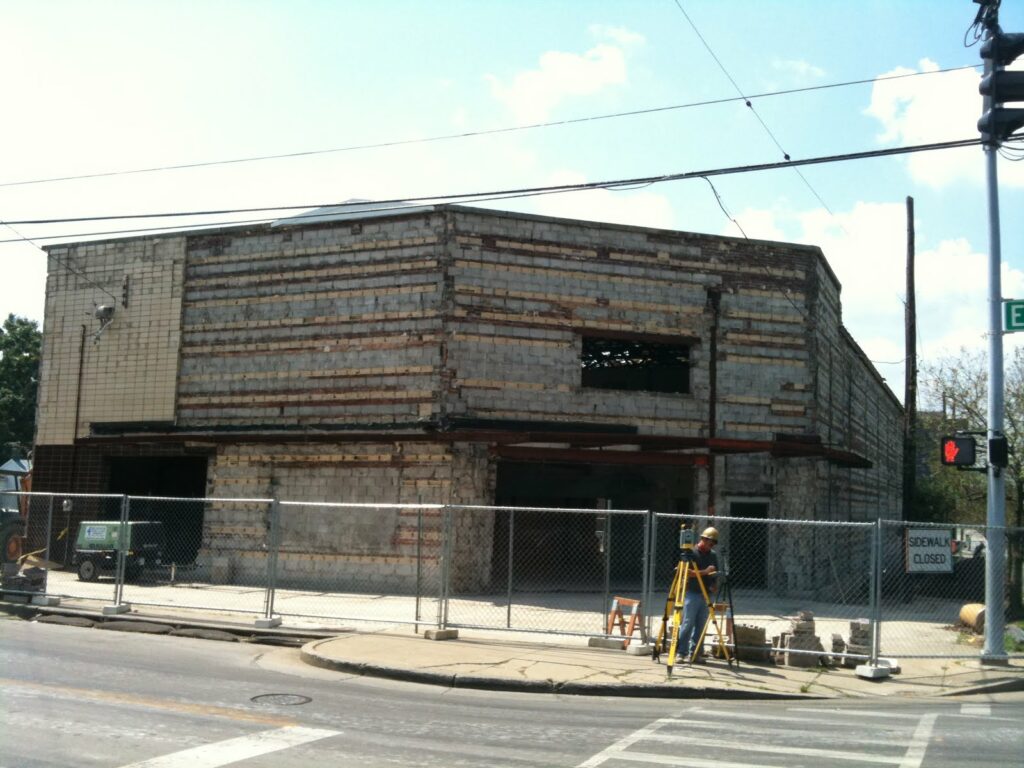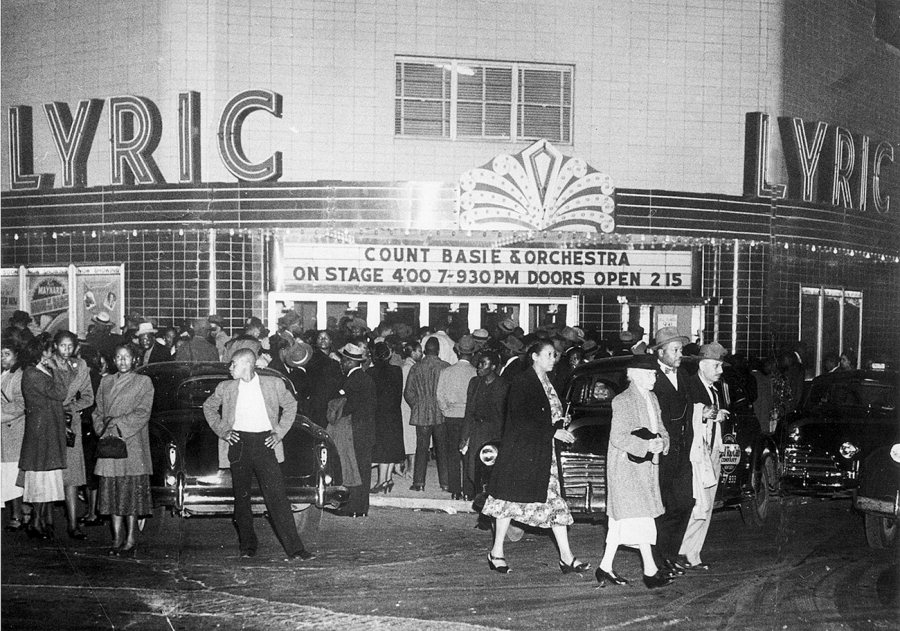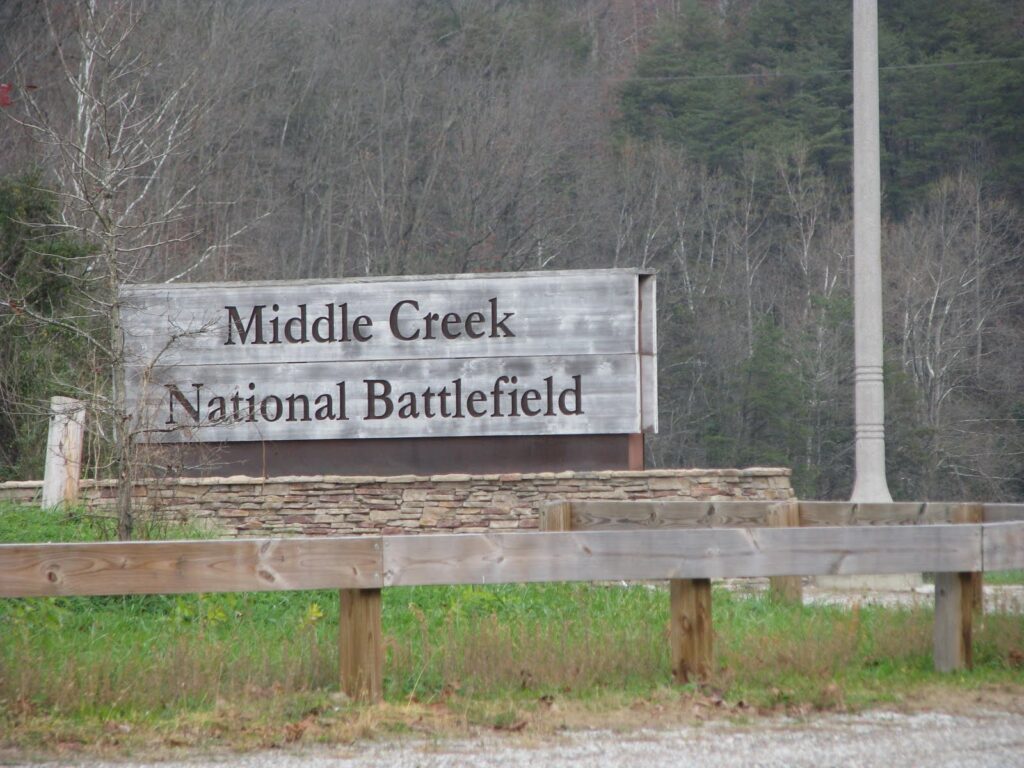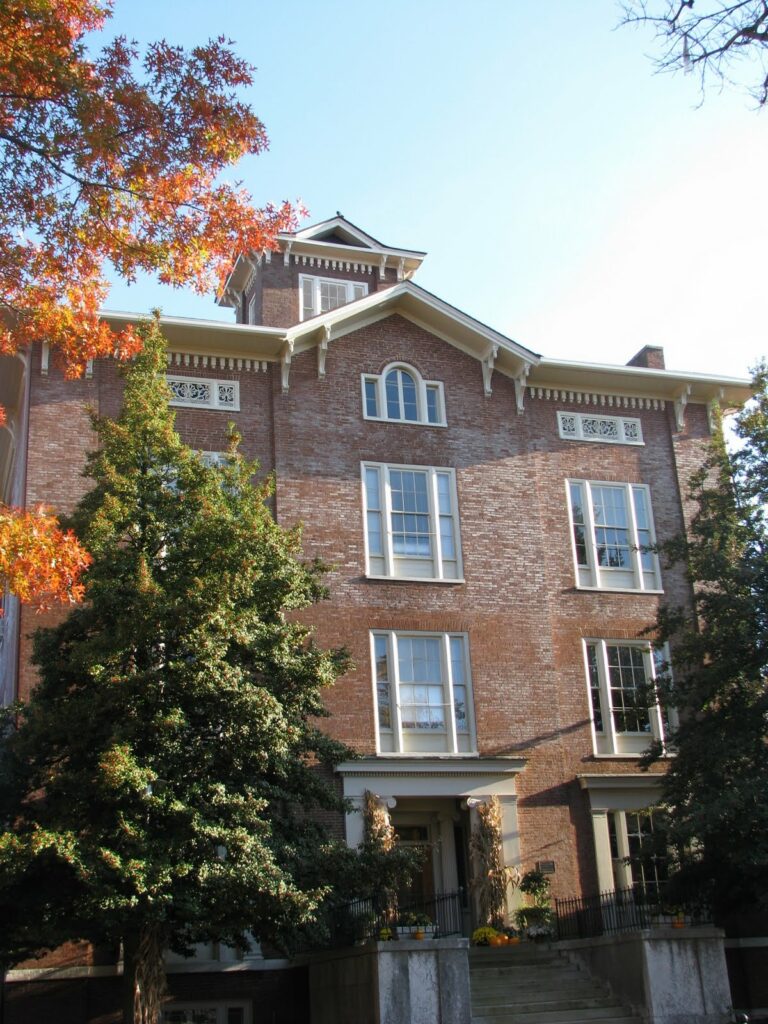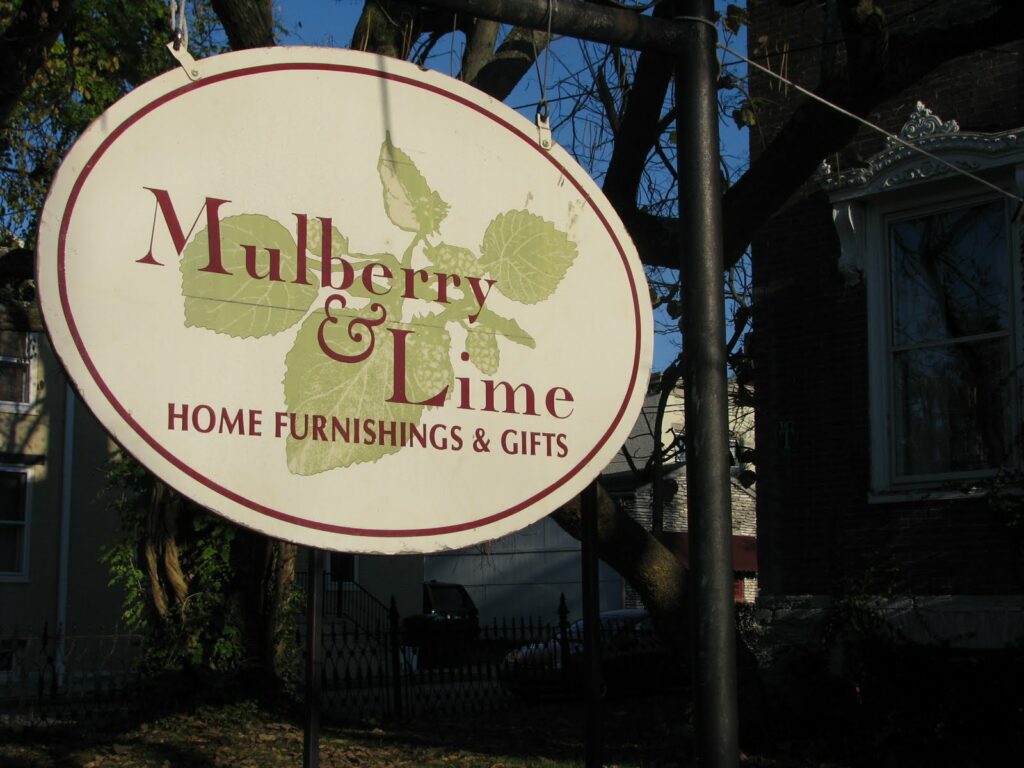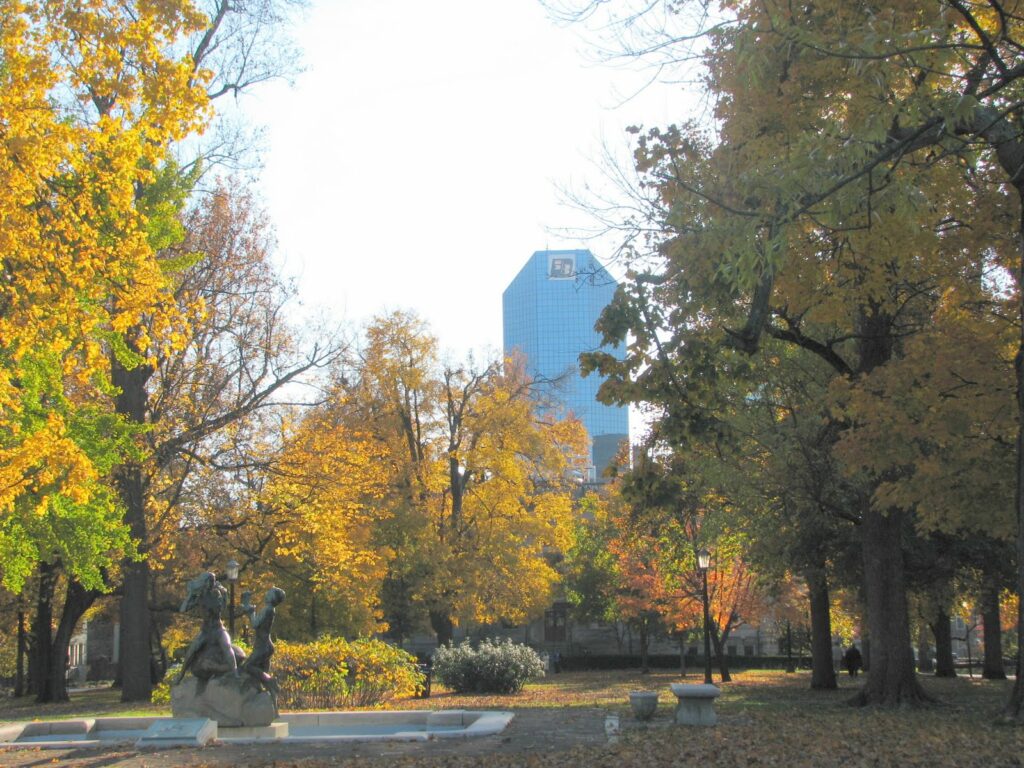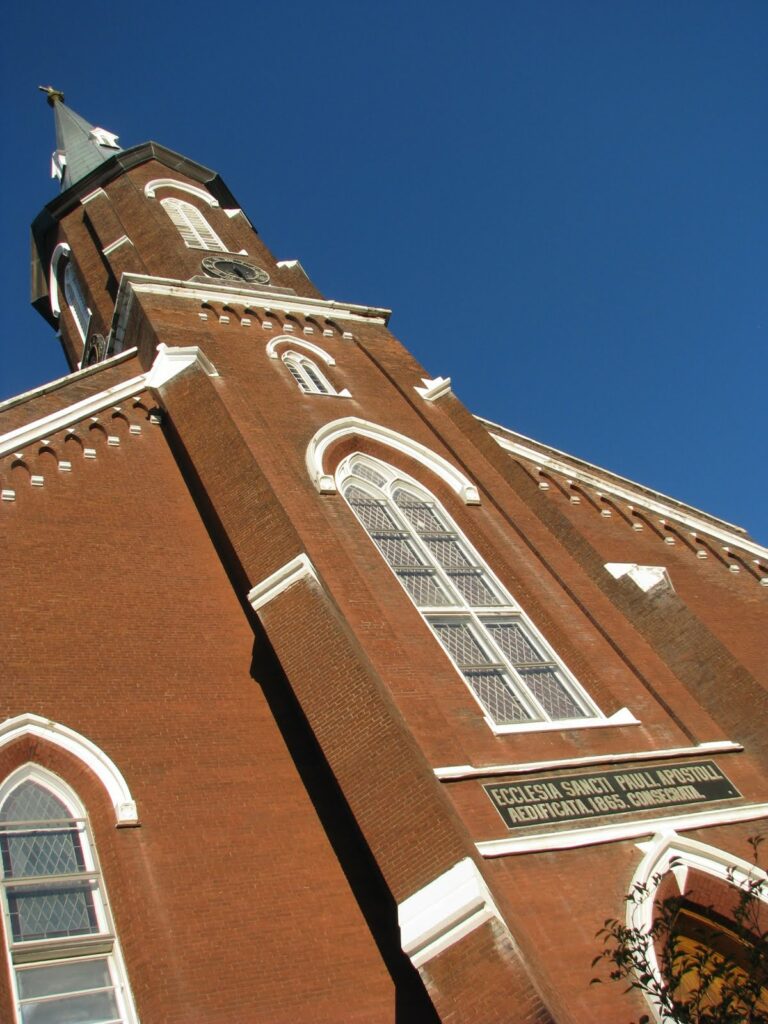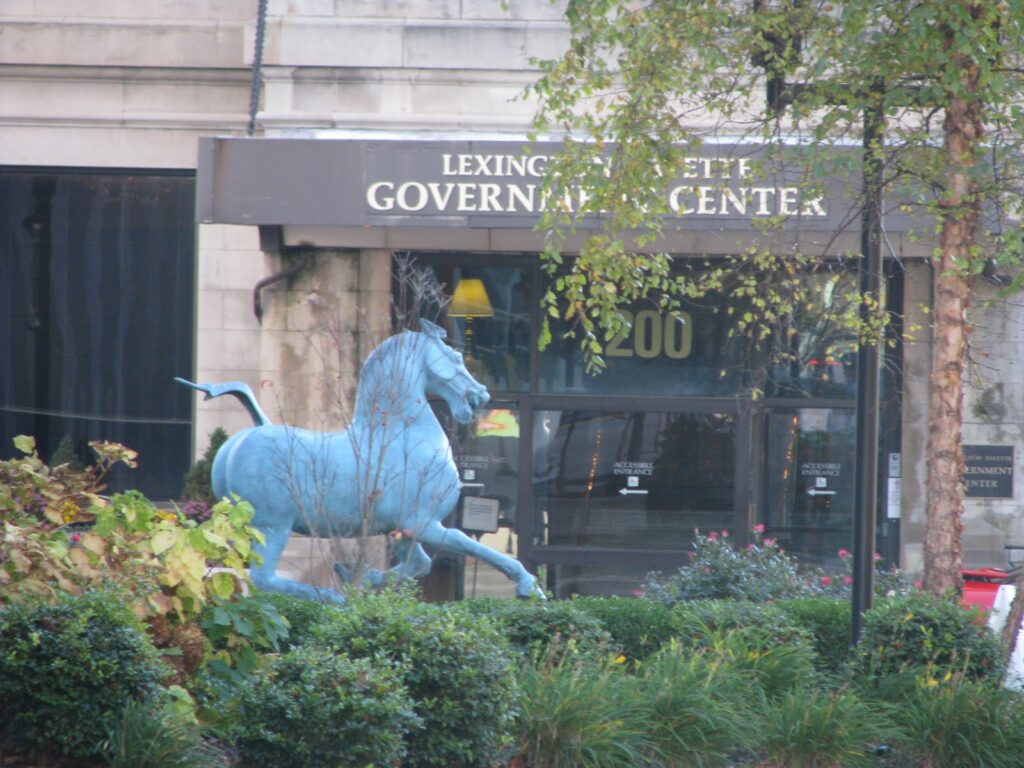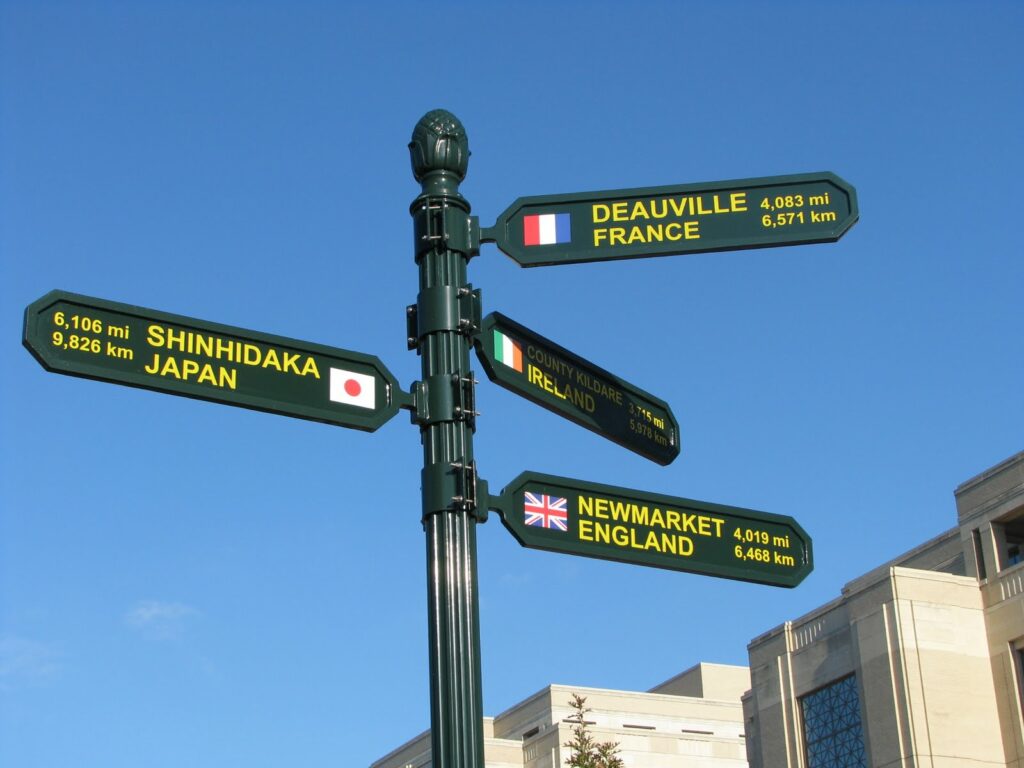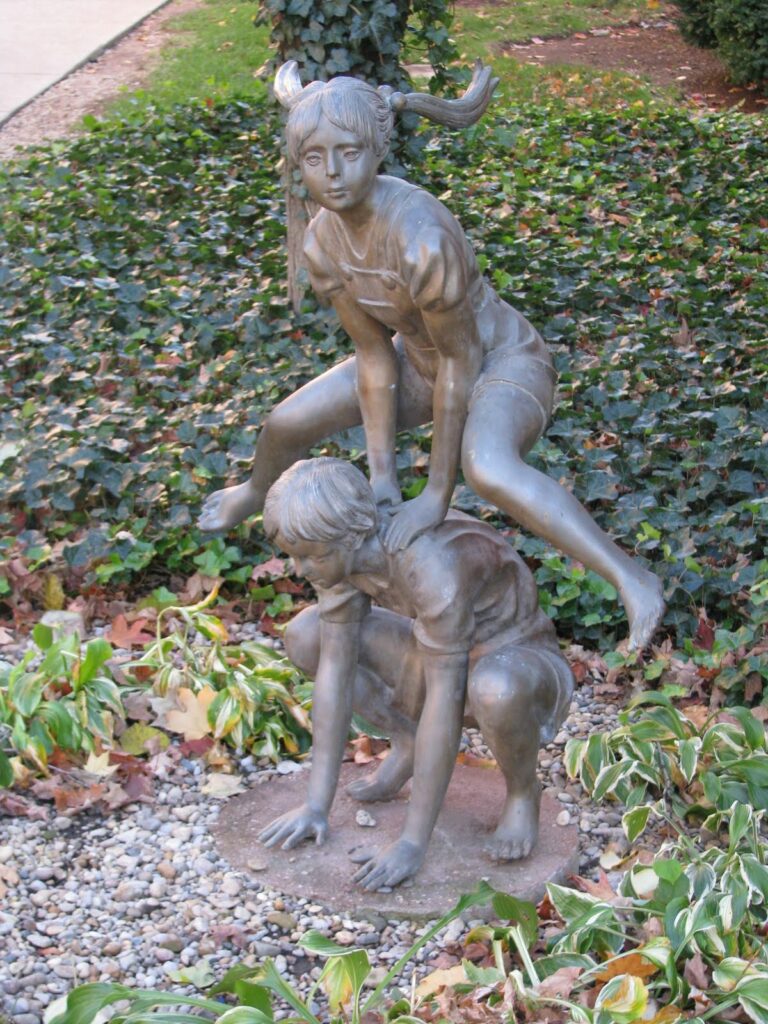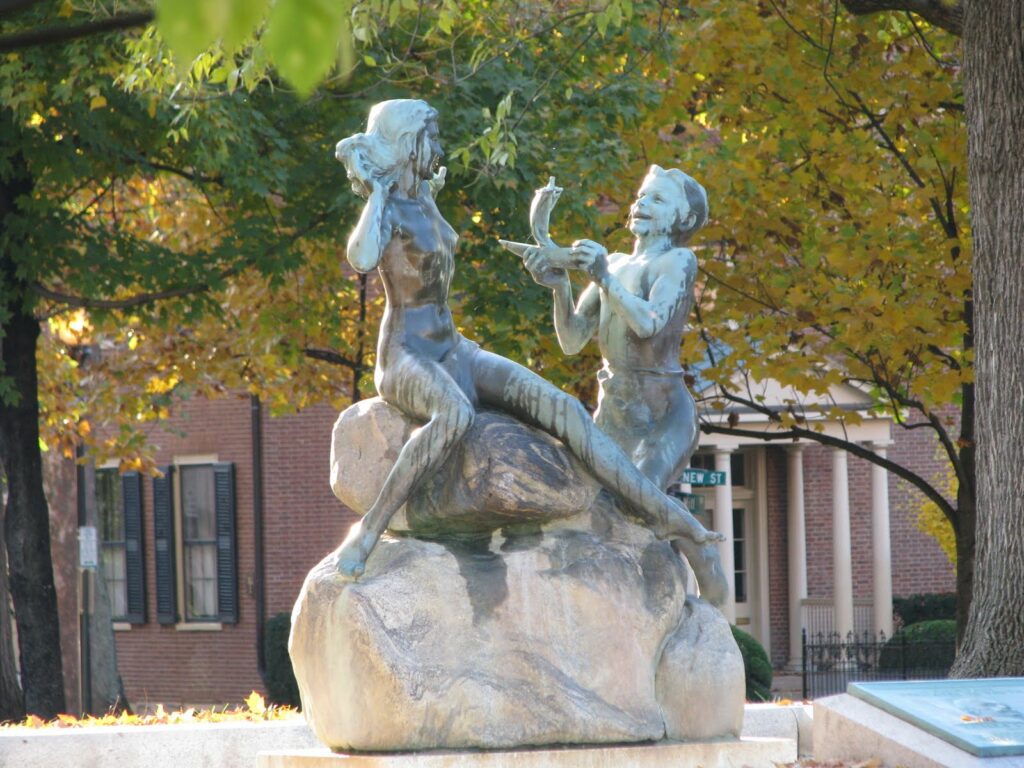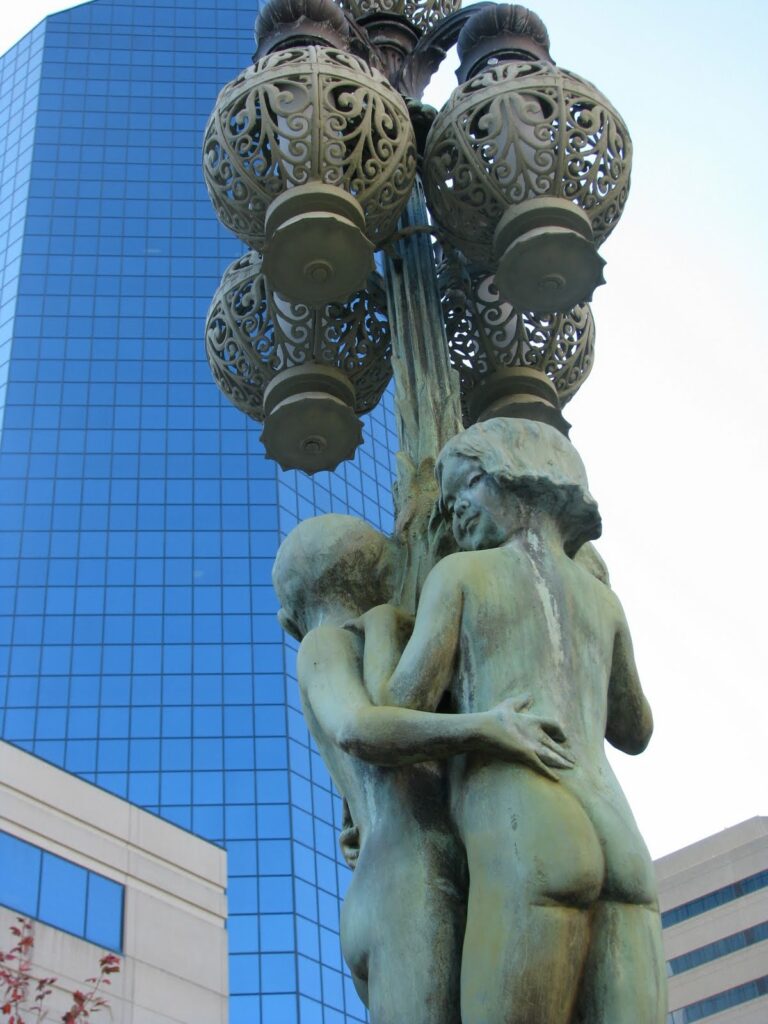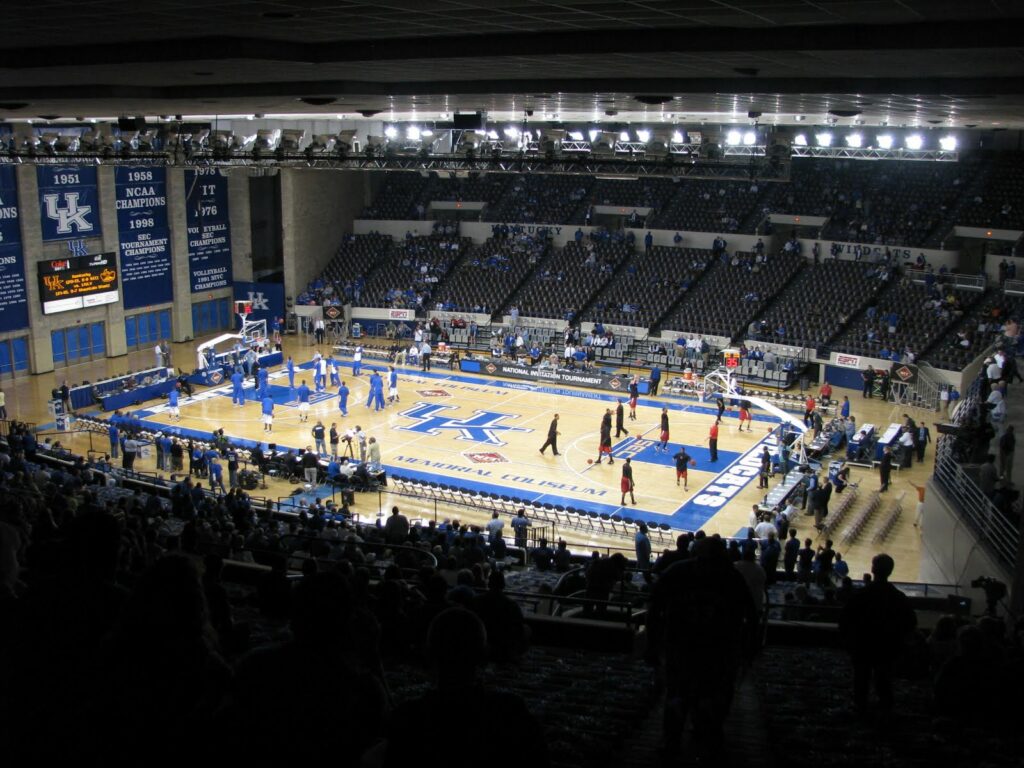 From 1950 to 1975, Memorial Coliseum was the home of the University of Kentucky Wildcats Basketball program. Ten times this 9,000 seat facility hosted NCAA Basketball Tournament games. Despite its official occupancy, crowds of 13,000 would often gather inside to watch the Cats play and amass a .890 record (306-38) inside Memorial.
From 1950 to 1975, Memorial Coliseum was the home of the University of Kentucky Wildcats Basketball program. Ten times this 9,000 seat facility hosted NCAA Basketball Tournament games. Despite its official occupancy, crowds of 13,000 would often gather inside to watch the Cats play and amass a .890 record (306-38) inside Memorial.
Although Kentucky’s men left the facility in the mid-1970s, the women’s program continues to call Memorial Coliseum home.
But the men’s team returned once last season when it hosted (and defeated) UNLV in a second-round NIT game. It was the last game Billy Clyde Gillispie would coach for the Wildcats in Lexington. Despite fans’ disappointment in BCG and in playing the NIT, the feeling inside Memorial was electric. You could sense the history rising from the wooden bleachers. (Pictured: pre-game).

